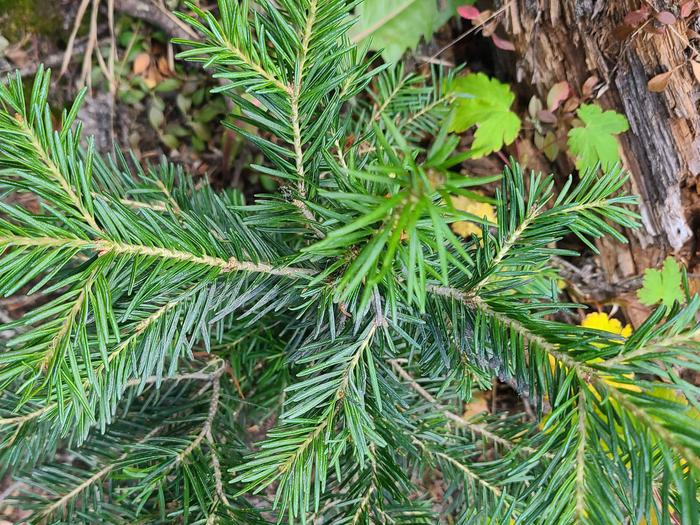Seasonal Tree Permit
Malheur National Forest Christmas Tree Permit
This permit allows you to cut a Christmas Tree on the Malheur National Forest! Lifelong memories are built during these special times and we are happy to help with any information gathering you'll need to make this trip a safe and enjoyable one.
Please be sure to read and agree to all the tips and guidelines when selecting your tree.
Fees and Season Dates
Need to Know
Where to Cut Your Tree
Do not cut on private land, in wilderness areas, designated campgrounds, or existing tree plantations.
Do not cut in active timber sales or areas that have been planted with new trees.
Removal of transplants from riparian (springs, creeks, wet areas), campgrounds, wilderness, scenic, research, and botanical areas is prohibited. Avoid old growth areas as well.
Do not cut trees within 50 feet from any road, and 150 feet from Highway 26, County Road 62, and Forest Road 16.
Selecting Your Tree
Each forest has limitations on the size of the tree you can cut and the species of trees that are permitted. See below to help you measure and choose a tree that meets your permit's guidelines.
Tree Height: 12 feet maximum
Stump height: 12 inches maximum
Take the whole tree. Do not remove the top of the tree; cut down the entire tree
If snow is on the ground, remove it from around the stump so you can accurately measure the stump and tree height.
Do not cut a tree unless there is another tree within 20 feet to maintain disbursement of trees and optimum growth for the future.
Have a Christmas tree tag in your possession for each tree removed. Place the tag on your tree immediately after cutting.
Planning Your Trip
How to Plan Your Trip
Before you leave home, be sure to measure the space where you plan to place the tree in your home (height and width), and measure the space in your vehicle where you will be transporting the tree.
Cell service may be spotty or unavailable. Be sure someone knows where you are and when to expect you back.
Check the latest weather conditions, forest warnings and road closures before you leave on your trip. Bring plenty of food and water with you as well as an overnight survival kit in case you become stranded.
Bring a map with you. Don’t rely on GPS because it may not be up-to-date with forest service roads and may not work in rural areas. Roads may not be plowed. Carry tire chains, shovel(s) and a tow chain. Be sure your vehicle has a full tank of gas.
Dress warmly and take extra dry clothes. Expect winter weather, including cold temperatures, snow and winds.
Bring a spare key and give it to someone else in your party. Don’t get locked out of your car!
Park in areas so that traffic can get by safely, and do not block gates.
Start your day early. Be sure to find your tree and leave the woods before dark.
When bringing your pets please keep them on a leash.
Helpful Cutting Tips
Carry your tree carefully out of the woods. Dragging the tree will rub off needles and bark.
If the tree is too big to transport inside of your vehicle, wrap it in canvas to prevent wind damage.
Once home, cut the bottom of the trunk off and place the freshly cut trunk in a bucket of water. Replenish water.
If storing your tree outside for a few days before putting it in the house, keep it in an area protected from the wind, such as the north or east side of your house or under a shaded tree.
Tools you might want to consider bringing with you include a measuring tape to ensure you select a tree that fits in your home; handsaw to cut your tree; gloves to protect your hands; boots to protect your feet; a tarp to sit on and/or to move your tree once it's cut; and rope or straps to secure your tree to your vehicle.
Choose a tree from a dense forested area, which will give the remaining trees more space to grow.
Take care not to damage other young trees to protect them for future use.
Cut the leftover branches from the stump and scatter them.
